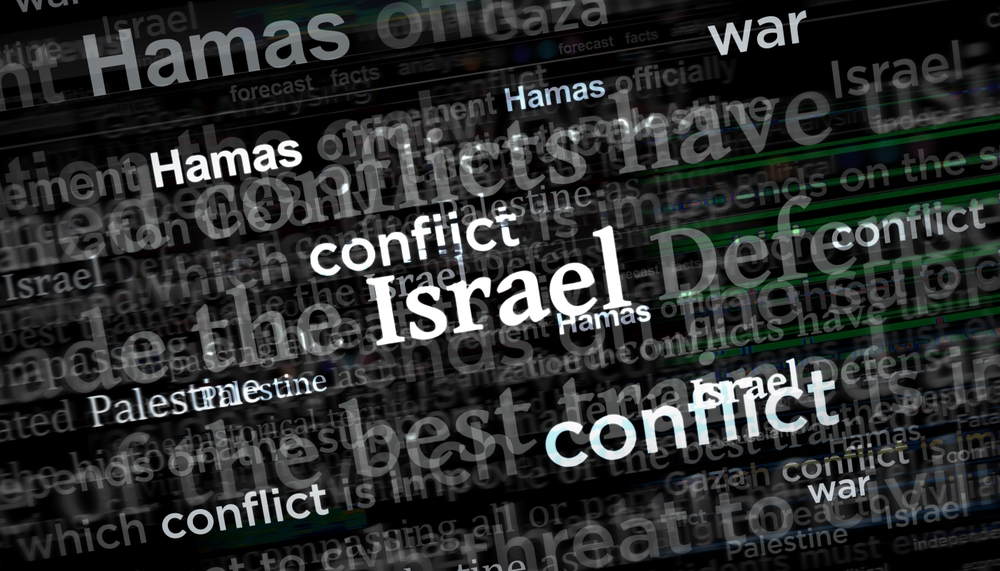First Step: Initial Ceasefire and Hostage Release
Israel and Hamas have agreed to a phased ceasefire, signaling a potential end to the 15-month war in Gaza that has caused immense devastation. The agreement’s first phase, lasting six weeks, includes the release of 33 Israeli hostages, prioritizing women, children, and elderly individuals, in exchange for hundreds of Palestinian prisoners held by Israel. This phase also ensures a temporary cessation of violence and the influx of much-needed humanitarian aid into Gaza.
Hamas has confirmed its approval of the deal, while Israeli Prime Minister Benjamin Netanyahu expressed optimism despite unresolved details. “Several items remain under discussion, but we are confident progress will be made soon,” Netanyahu’s office stated.
Negotiations Begin for Second Phase
By the 16th day of the ceasefire, negotiations for the second phase will commence. This phase is expected to include:
- The release of all remaining hostages.
- Establishment of a permanent truce.
- The complete withdrawal of Israeli forces from Gaza.
U.S. President Joe Biden, a key proponent of the deal, remarked, “This agreement offers a chance to halt the suffering and pave the way for lasting peace.” International mediators, including Egypt and Qatar, will play a vital role in ensuring the smooth implementation of this phase.
Final Phase: Reconstruction and Healing
The agreement’s third phase will focus on addressing the aftermath of the conflict. Key priorities include:
- The return of the bodies of deceased hostages.
- Initiating a comprehensive reconstruction plan for Gaza.
Supervised by Egypt, Qatar, and the United Nations, the rebuilding effort will target the restoration of critical infrastructure and provide homes for millions displaced during the conflict.
International Mediation and Pressure
This breakthrough follows months of negotiations led by Egyptian, Qatari, and U.S. mediators. Analysts credit U.S. diplomatic pressure for pushing both sides toward agreement. Rami Khouri, a Middle East expert, commented, “American intervention made it clear that a better deal was not on the table.”
Voices from the Ground
In Gaza, the announcement was met with a mix of hope and skepticism. Abed Radwan, a displaced resident, described the news as “the best day in my life,” adding, “I will rebuild my home and my town, Beit Lahiya.”
Meanwhile, in Israel, families of hostages expressed cautious relief. Sharone Lifschitz, whose father remains in captivity, said, “I am desperate to see them if by some miracle they’ve survived. I won’t believe it until they’re home.”
Challenges and Unanswered Questions
Despite the progress, the road ahead is uncertain. Questions about Gaza’s governance and the long-term sustainability of the ceasefire remain unresolved. Netanyahu faces domestic criticism, while Hamas must address the realities of governing a war-torn region.
A Fragile Hope
This phased agreement offers a critical opportunity to end one of the Middle East’s deadliest conflicts in recent years. While the challenges are immense, the ceasefire provides a rare chance for both sides to work toward stability and recovery. The world watches with cautious optimism as the first steps toward peace unfold.


